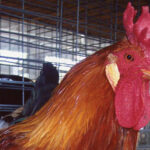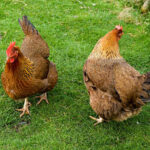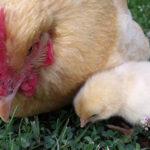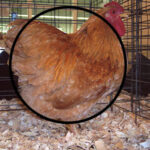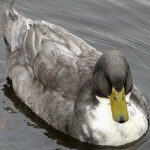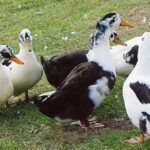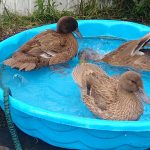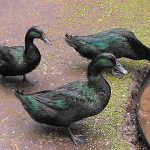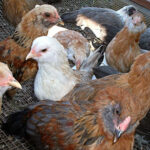
Easter Egger bantam chickens are a smaller version of chickens that originate from a cross between blue-egg laying Ameraucanas and breeds that lay eggs with brown shells. The result is a breeding population of chickens with a variety of conformations and plumage colors, and that lay eggs with a wide range of shell colors. Physical […]
Continue Reading
